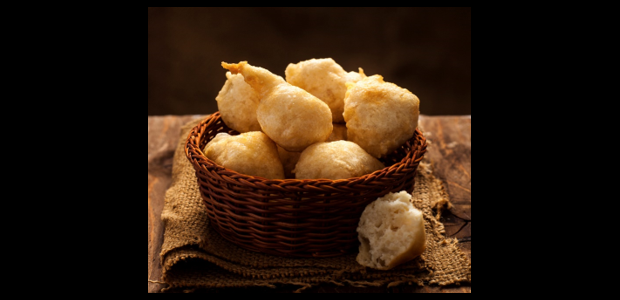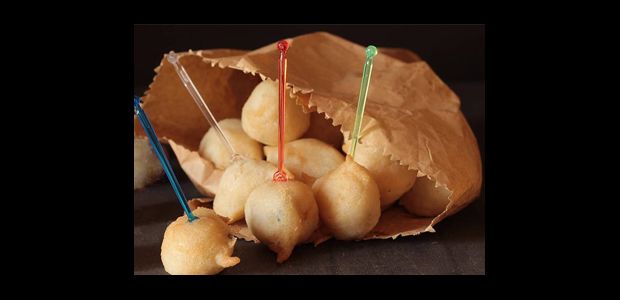Languages
Fried pasta. From Parma to Lecce
From the tortafritta to the pittule: a common thread made of yeast and flour.
Whether it is to honor a tradition, to celebrate a holiday or for a cheerful dinner in company, leavened and fried dough is the comfort food always present on the tables of Italians, from North to South.
Despite being typical dishes of the two opposite poles of the boot, the Parma fried cake and the Salento pittule are closer than you think. Flour, water, yeast, salt and seed oil for frying come together, to give shape to a soft and sticky dough, to be left to rise and brown in a boiling oil bath.
Few and simple raw materials that give a glimpse of the humble and peasant origin of these dishes.
In the North... The fried cake of Parma
Fried cake is nothing more than the Parma name of what, in the provinces of Modena and Reggio Emilia, is known as fried dumplings.
It is believed that it was once introduced in Emilia-Romagna by the Lombards, who, having arrived for Italy after the fall of the Roman Empire, brought with them their own recipes, made with ingredients with numerous potentialities, including lard.
Formerly fried in that of pork (after having practiced an umbrèghel, a hole on the surface of the square, to ensure that the lard wrapped it entirely), the fried dumpling became a worthy substitute for bread, as well as a rich and substantial breakfast for Emilian farmers, until the middle of the last century.
But why in Parma does its name change to fried cake? The answer is also in the past, when it was customary to serve it at the end of the meal, like a cake, after dusting it with sugar.
The dough, now fried in seed oil to ensure greater lightness, lends itself to being accompanied both by sweet condiments, such as sugar and jam, and by the savory products of the local tradition: the Mortadella di Bologna PGI, the Piacenza Cup and the Culatello di Zibello, among the cold cuts; the stracchino and the squacquerone, among the soft cheeses.
And to make the tasting of the fried cake even more enjoyable, a nice glass of Lambrusco is what you need.
In the South... And cuscin' du Bambinell
Regarding the origin of the Salento pittule, legends and hypotheses circulate and chase each other from country to country of the extreme South of Italy.
Based on the etymology, their name derives from the Latin "pitta", focaccia, or from the Albanian "petullat". Like the fried cake, in fact, even the pittule would have come to the south of the peninsula at the hands of a foreign population, in this case the Albanians, who emigrated from their land in the fifteenth century.
The most widespread legend, however, tells that the dish originated in the Apulian Taranto, during the night of Santa Cecilia, when a woman, distracted by the sweet music played by the bagpipes in the street, let the bread dough rise for too long. No longer able to use it for the original recipe, he decided to make us small balls to fry in plenty of hot oil. Presenting them to her children, they asked her
the name of the dish, a question to which the woman replied by calling them "pettel", and adding that it was, for their softness, the pillows of the Child.
In other versions of the legend, to distract the woman is the same St. Francis of Assisi, who came to Taranto to evangelize the city.
The consumption of pittule is also traditionally linked to the religious sphere, in particular during the anniversaries of the Immaculate Conception, Christmas Eve and San Martino, on November 11, strictly accompanied by grilled meat, chestnuts and new wine.
Delicious delicacies for the palate of the Apulians and beyond, today the pittule are often offered as an appetizer or aperitif in the restaurants of the area and it is possible to taste them during fairs and village festivals, in a savory and sweet version.
The ingredients with which to fill them are innumerable, from olives to shrimps, from turnip greens to cauliflower and cod, up to honey, cooked wine and Nutella for dessert lovers.
The Ministry of Agricultural, Food and Forestry Policies, in recent years has included the pittule, together with the fried dumpling, among the Traditional Agri-food Products (PAT) of the Puglia and Emilia-Romagna regions.
Recipe of pittule (click here for the video recipe):
INGREDIENTS for 4 people:
- Farina (1 kg)
- Brewer's yeast (one cube)
- Sale (q.b.)
- Warm water
- Seed oil for frying








